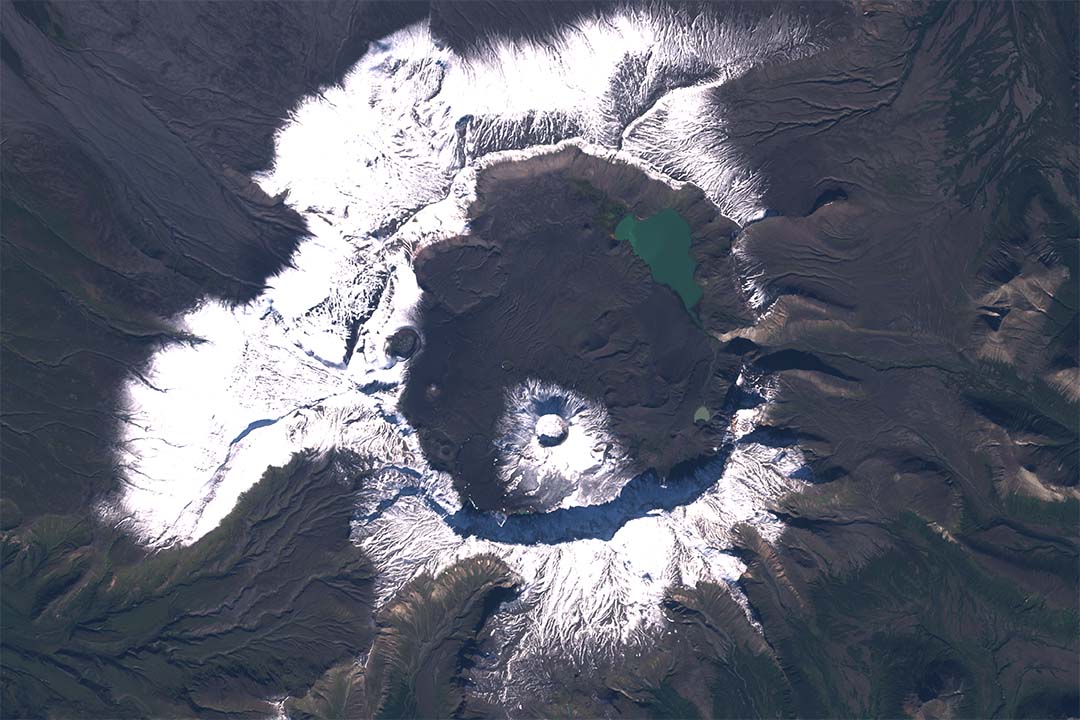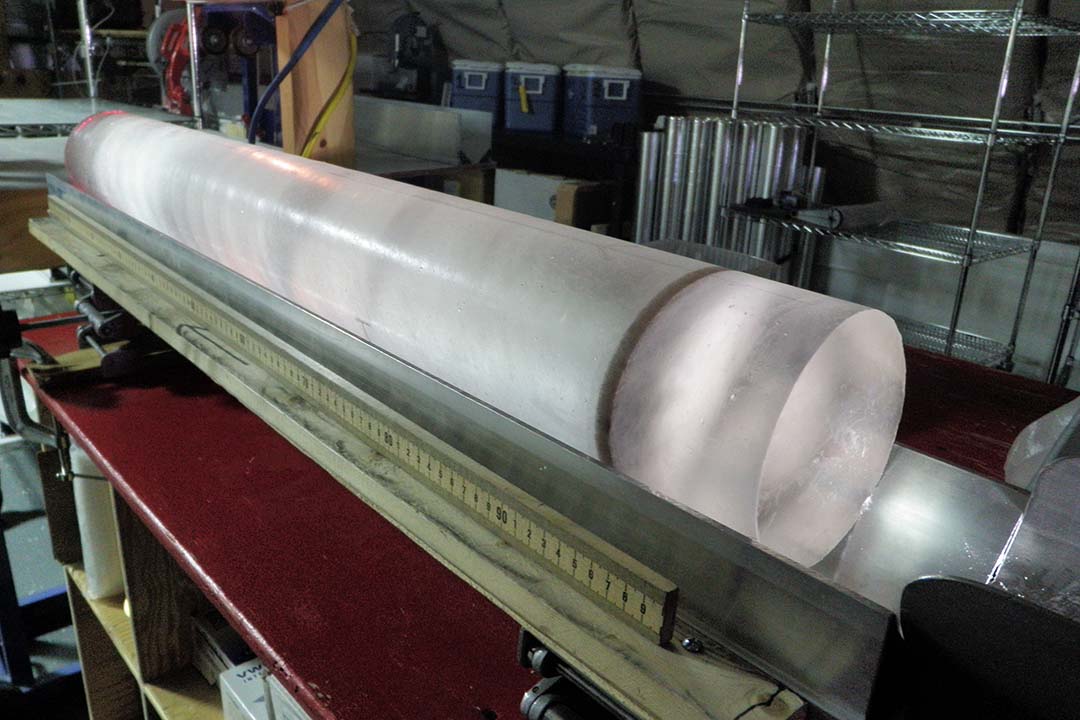
Reconstructing volcanic eruptions to help scientists predict climate risks: USask research
SASKATOON – University of Saskatchewan (USask) researcher Dr. Matthew Toohey (PhD) and University of Bern researcher Dr. Michael Sigl (PhD) were part of the research team that developed an updated, more accurate reconstruction of volcanic eruptions that can help scientists understand future climate risks.
When volcanoes erupt, they release much more than an impressive, photogenic spray of lava into the air. In fact, gases such as sulfur and carbon released from volcanoes into the atmosphere can impact the global climate. An international research team has used modern technologies to better understand historical volcanic eruptions and how they have contributed to climate alterations and radiation transmission in the atmosphere.
Determining how volcanic eruptions have contributed to climate change over time has traditionally relied on geochemical records extracted from the polar icesheet of Greenland, and because of its coarse resolution and limited scope, this data can be inconsistent or inaccurate. This work was able to improve understanding of volcanic activity by synchronizing ice core records from Greenland with new, high-resolution records from Antarctica. The resulting record spans the past 11,500 years, a period of relatively warm and stable climate called the Holocene which began after the last ice age.
“This new data set will allow scientists to address the fundamental questions of climate science, including how sensitive the climate system is to external forcing agents like volcanoes,” said Toohey, an assistant professor of physics and engineering physics in USask’s College of Arts and Science and a member of USask’s Institute of Space and Atmospheric Studies. “Understanding of past climate changes and their sources helps to improve climate models and projections of future climate change.”

The researchers used sophisticated computer modelling technology to reconstruct a series of volcanic eruptions from the past 11,500 years. The work included estimating – for the first time – the precise ages and amounts of atmospheric sulfur injections for over 850 historical volcanic eruptions by measuring the contents of sulfur in ice cores.
“A total of 26 eruptions during the past 11,500 years released more sulfur into the stratosphere than the colossal eruption of Tambora in 1815, suggesting eruptions of this size occur more than twice as often globally as previously thought,” said Sigl, who led the research project.
Sigl also said the research found a link between melting glaciers and an increase in volcanic activity – a finding that helps scientists predict the potential impacts on the climate from continued global warming. Results were recently published in the journal Earth System Science Data.
Toohey was responsible for taking estimates of the amount of sulfate present in ice and estimating how stratospheric aerosols from past eruptions have impacted the transmission of radiation through the atmosphere. The tools developed by Toohey and his group will allow ice core information to be used in climate model simulations of the Holocene, as well as providing rapid estimates of the impact of potential future eruptions.
“This work greatly improves our ability to estimate the probability of large, climate-relevant eruptions in the future, and their radiative impact, providing a valuable resource for climate risk assessment,” said Toohey.
Link to the paper: https://doi.org/10.5194/essd-14-3167-2022
-30-
For media inquiries, contact:
Victoria Dinh
USask Media Relations
306-966-5487
victoria.dinh@usask.ca

